How to Find Amps
An ampere, shortened frequently to amp, is a unit of measure that is used for electrical current. Current is the measure of electrons that flow through a given circuit.http://www.qrg.northwestern.edu/projects/vss/docs/power/2-what-are-vo...
Method 1 of 3:
Converting Watts to Amps
-
 Apply the conversion formula for DC electricity. Electric current, represented by I, which is measured in amps (A), can be found by dividing power in watts (W) by the volts (V) of voltage. This is represented by the following formula:
Apply the conversion formula for DC electricity. Electric current, represented by I, which is measured in amps (A), can be found by dividing power in watts (W) by the volts (V) of voltage. This is represented by the following formula:- I(A) = P(W) / V(V)[4]
Or, more simply: Amps = Watts / Volts
- I(A) = P(W) / V(V)[4]
-
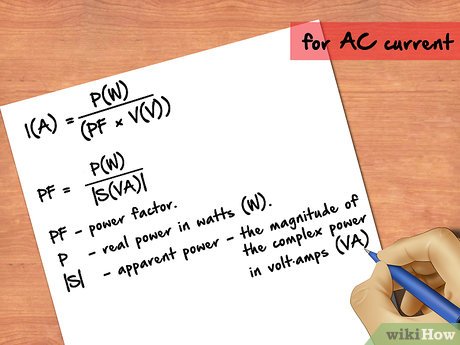 Understand power factor (PF) for AC electricity problems. Power factor is a ratio representing the real power used to do work and the apparent power supplied to an alternating current circuit, a value ranging from 0 to 1. Therefore, power factor is your real power P, in watts, divided by your apparent power S, measured in Volt-amper (VA), or:
Understand power factor (PF) for AC electricity problems. Power factor is a ratio representing the real power used to do work and the apparent power supplied to an alternating current circuit, a value ranging from 0 to 1. Therefore, power factor is your real power P, in watts, divided by your apparent power S, measured in Volt-amper (VA), or:- PF = P / S[5]
-
 Calculate apparent power to find your power factor. Apparent power can be calculated by S = Vrms x Irms
Calculate apparent power to find your power factor. Apparent power can be calculated by S = Vrms x Irms
where S is the apparent power in Volt-amper (VA), Vrms is your root mean square voltage and Irms is your root mean square current, both which can be found by solving the following:- Vrms = Vpeak / √2 in volts (V)
- Irms = Ipeak / √2 in amperes (A)
-
 Use the power factor for single phase AC electricity. Your single phase current will be represented by I and measured in amps (A), and can be calculated by dividing the real power (P) measured in watts (W) divided by a power factor (PF) multiplied by the root mean square (RMS) voltage as measured in volts (V). This is represented by:
Use the power factor for single phase AC electricity. Your single phase current will be represented by I and measured in amps (A), and can be calculated by dividing the real power (P) measured in watts (W) divided by a power factor (PF) multiplied by the root mean square (RMS) voltage as measured in volts (V). This is represented by:- I(A) = P(W) / (PF x V(V)
Or, more simply: Amps = watts / (PF x Volts)
- I(A) = P(W) / (PF x V(V)
Method 2 of 3:
Measuring DC Amperage with an Ammeter
-
 Make sure your current is DC. DC electricity, or direct current electricity, is electrical current that flows in a single direction. If your circuit is powered by a battery, the current used will be DC.[6]
Make sure your current is DC. DC electricity, or direct current electricity, is electrical current that flows in a single direction. If your circuit is powered by a battery, the current used will be DC.[6]- In most countries, the electricity provided by utility mains is AC current (also called alternating current).[7] AC current can be converted to DC current, but only through the use of a transformer, a rectifier, and a filter.[8]
-
 Determine the path of electricity. To take the reading of the amperage of your circuit, you will need to tie your ammeter into your circuit. Follow the positive and negative ends of your battery and the connecting wires to find the circuit path.
Determine the path of electricity. To take the reading of the amperage of your circuit, you will need to tie your ammeter into your circuit. Follow the positive and negative ends of your battery and the connecting wires to find the circuit path. -
 Test your circuit. If there is a break in the circuit or a flaw with your battery, your ammeter will likely not be able to gauge (or will not gauge accurately) the current of your circuit. Turn on your circuit to see if it is functioning normally.
Test your circuit. If there is a break in the circuit or a flaw with your battery, your ammeter will likely not be able to gauge (or will not gauge accurately) the current of your circuit. Turn on your circuit to see if it is functioning normally. -
 Switch off your circuit. For some simple circuits, this might require removing the battery completely. With more powerful batteries, there is a possibility that you could be shocked, so take care to make sure the circuit is off. If you are unsure, use insulated rubber gloves to prevent getting shocked.
Switch off your circuit. For some simple circuits, this might require removing the battery completely. With more powerful batteries, there is a possibility that you could be shocked, so take care to make sure the circuit is off. If you are unsure, use insulated rubber gloves to prevent getting shocked. -
 Tie in the positive end of your ammeter. You ammeter should have come with two leads: one red and one black. The red lead is your positive end (+) and the black your negative (-). Take the wire leading from the positive end of your battery and tie the end leading away from your battery to the positive end of your ammeter.[9]
Tie in the positive end of your ammeter. You ammeter should have come with two leads: one red and one black. The red lead is your positive end (+) and the black your negative (-). Take the wire leading from the positive end of your battery and tie the end leading away from your battery to the positive end of your ammeter.[9]- The ammeter will not interrupt the flow of electricity, but as current flows through the meter, it will measure the current, causing a reading to display.
-
 Complete the circuit with the negative lead of your ammeter. Take the black (-) lead from your ammeter and use it to complete the circuit you have just broken. Clamp the lead onto the location where the wire you have tied to your positive lead would have fed into its destination in the circuit.[10]
Complete the circuit with the negative lead of your ammeter. Take the black (-) lead from your ammeter and use it to complete the circuit you have just broken. Clamp the lead onto the location where the wire you have tied to your positive lead would have fed into its destination in the circuit.[10] -
 Turn on your circuit. This might simply mean reinstalling your battery, but when you do so, your device should turn on and your ammeter should read the current in either amps (A) or milliamps (mA) for smaller current devices.[11]
Turn on your circuit. This might simply mean reinstalling your battery, but when you do so, your device should turn on and your ammeter should read the current in either amps (A) or milliamps (mA) for smaller current devices.[11]
Method 3 of 3:
Calculating Amperage with Ohm's Law
-
 Familiarize yourself with the concept of Ohm's Law. Ohm's Law is a electrical principle that establishes a relationship between the voltage and current of a conductor.[12] Ohm's law is represented by the formulas V = I x R, R = V/I, and I = V/R, with the letter terms defined as:
Familiarize yourself with the concept of Ohm's Law. Ohm's Law is a electrical principle that establishes a relationship between the voltage and current of a conductor.[12] Ohm's law is represented by the formulas V = I x R, R = V/I, and I = V/R, with the letter terms defined as:- V = the potential difference between two points
- R = the resistance
- I = the current flowing through the resistance[13]
-
 Determine the voltage of your circuit. If your circuit runs on a 9-volt battery, you already have part of the equation. You can find the specific voltage of the battery you are using by checking the packaging in which it came or doing a quick online search.
Determine the voltage of your circuit. If your circuit runs on a 9-volt battery, you already have part of the equation. You can find the specific voltage of the battery you are using by checking the packaging in which it came or doing a quick online search.- Most common cylindrical batteries (AAA through D) provide approximately 1.5 volts when fresh.[14]
-
 Find the resistors in your circuit. You will need to know what kind of resistor is part of your circuit and how much resistance it is creating to the electricity flowing through it. Since each circuit will be different (some simple circuits may not even have resistors), you will have to investigate your circuit and locate the resistors for your unique case and their resistance in Ohms (Ω).
Find the resistors in your circuit. You will need to know what kind of resistor is part of your circuit and how much resistance it is creating to the electricity flowing through it. Since each circuit will be different (some simple circuits may not even have resistors), you will have to investigate your circuit and locate the resistors for your unique case and their resistance in Ohms (Ω).- The wiring your electricity flows through will also have resistance. This will likely be negligible, unless the wiring is very poorly manufactured, damaged, or your circuit conducts electricity over a long distance.
- The formula for resistivity is as follows: Resistance = (resistivity x length)/area[15]
-
 Apply Ohm's Law. Due to the fact that battery voltage is applied to the circuit entirely, to approximate the current of your circuit you will need to divide the total voltage by each resistors resistance, with resistance being measured in Ohms (Ω). Your resulting answer will be the current (I) in amps (A), solved with the following calculation:
Apply Ohm's Law. Due to the fact that battery voltage is applied to the circuit entirely, to approximate the current of your circuit you will need to divide the total voltage by each resistors resistance, with resistance being measured in Ohms (Ω). Your resulting answer will be the current (I) in amps (A), solved with the following calculation:- (V/R1) + (V/R2) + (V/R3), where V represents the total voltage and R represents a resistors resistance in Ohms.[16]
4 ★ | 2 Vote
You should read it
- 5 creative ideas for old circuit boards
- The hair of the nape of the hair watching the experiment proved the tremendous destruction of electric current 20,000V
- Why is the Apple printed circuit board black while most other manufacturers are green?
- How to Wire a Breaker Circuit
- Top best electronic circuit design software
- When the power goes out, how long will the computer turn off?
- How to bring custom notification bar like Android Pie to all current Android versions
- How to Run Your Desktop off DC Power
- Top 5 best circuit drawing software 2021
- The world's first circuit board that can be dissolved in water
- Distribute power to Data Center
- Samsung introduces the first all-in-one power IC optimized for true wireless headphones
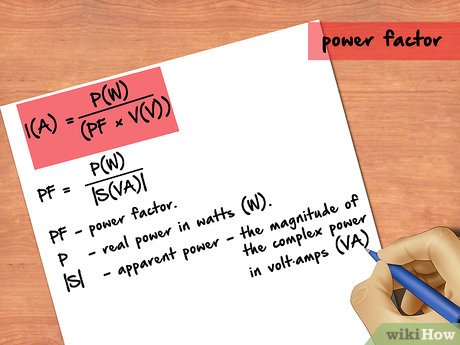
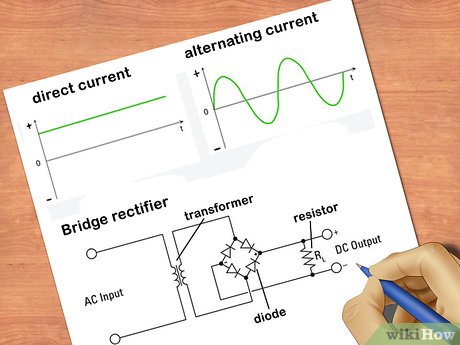
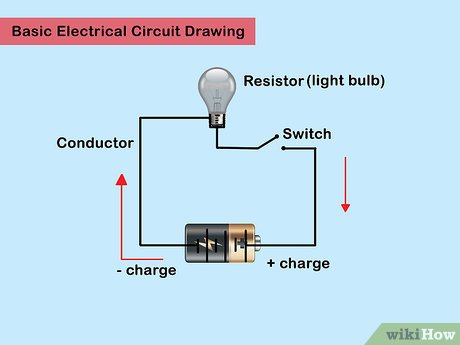
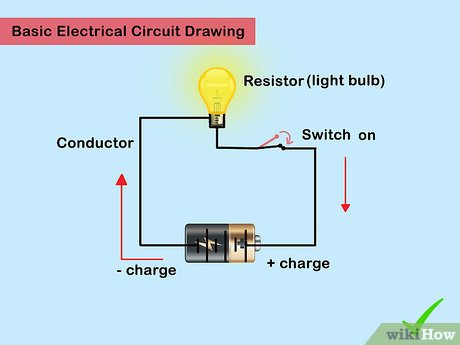
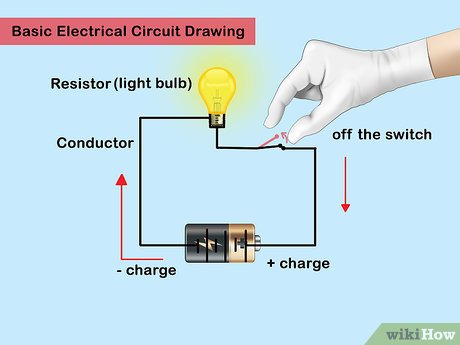
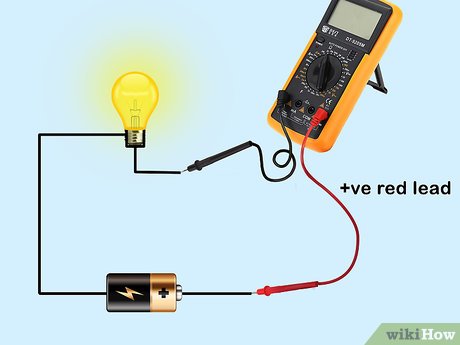
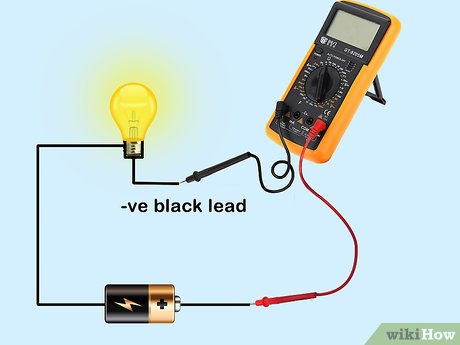
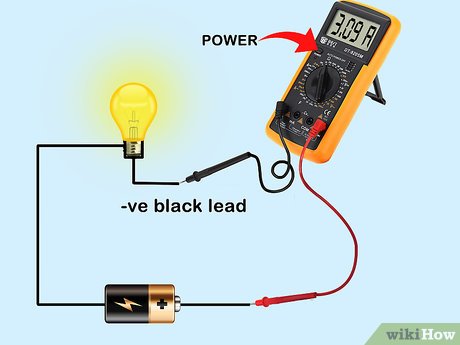
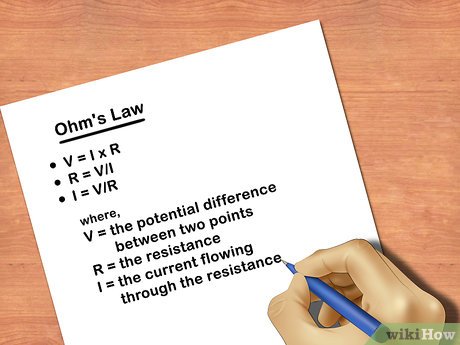
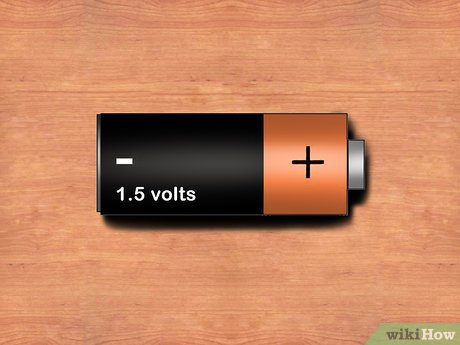
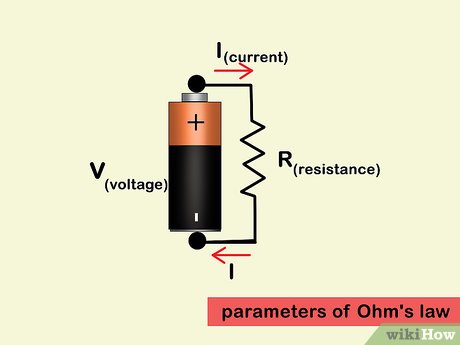
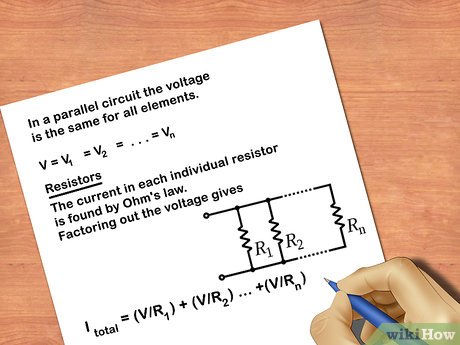






 How to Troubleshoot an Amp
How to Troubleshoot an Amp 7 trends SEO will dominate the world from 2017
7 trends SEO will dominate the world from 2017 Learn about the Find My feature in iOS 13
Learn about the Find My feature in iOS 13 OPPO Find X2 Lite: Snapdragon 765G, waterdrop screen
OPPO Find X2 Lite: Snapdragon 765G, waterdrop screen New features in the Find My app on iOS 15
New features in the Find My app on iOS 15 How to turn off find iPhone (Find My iPhone)
How to turn off find iPhone (Find My iPhone)